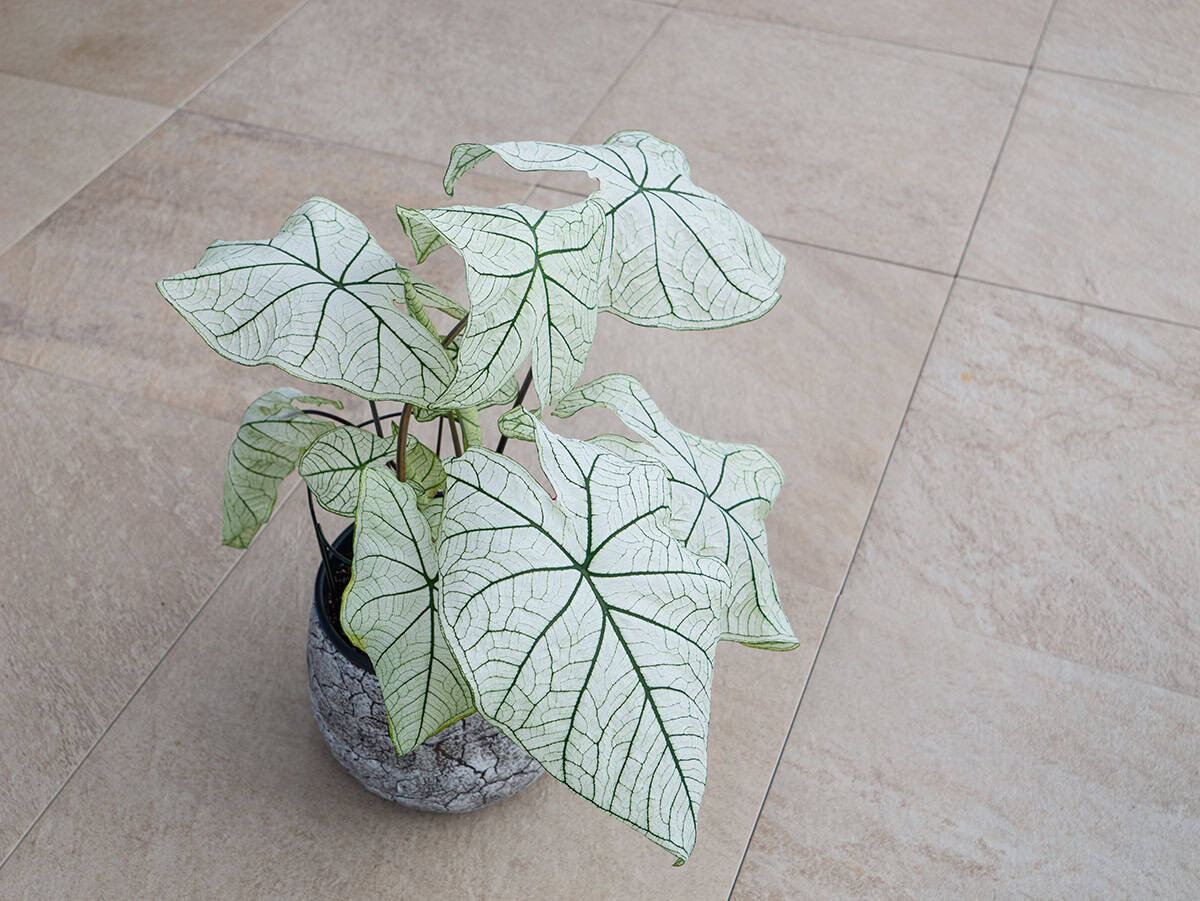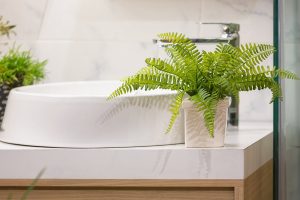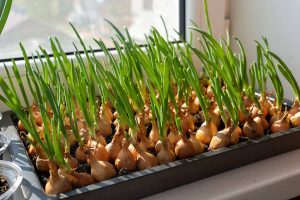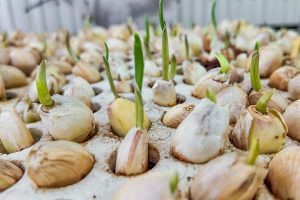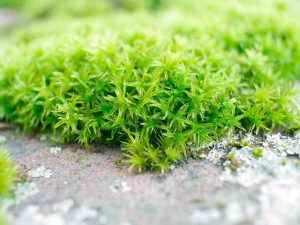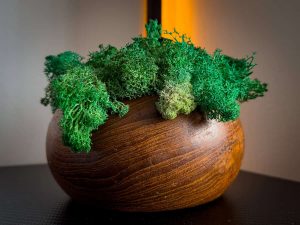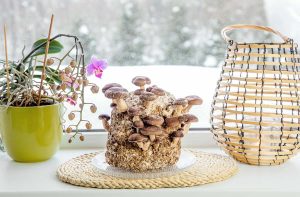You’ve just brought home a stunning White Christmas Caladium, its striking white leaves with green veins catching everyone’s eye. Now, you’re eager to keep it looking vibrant and healthy. Learn how to grow and care for your White Christmas Caladium so it remains a beautiful focal point in your home or garden.
Table of Contents
Light
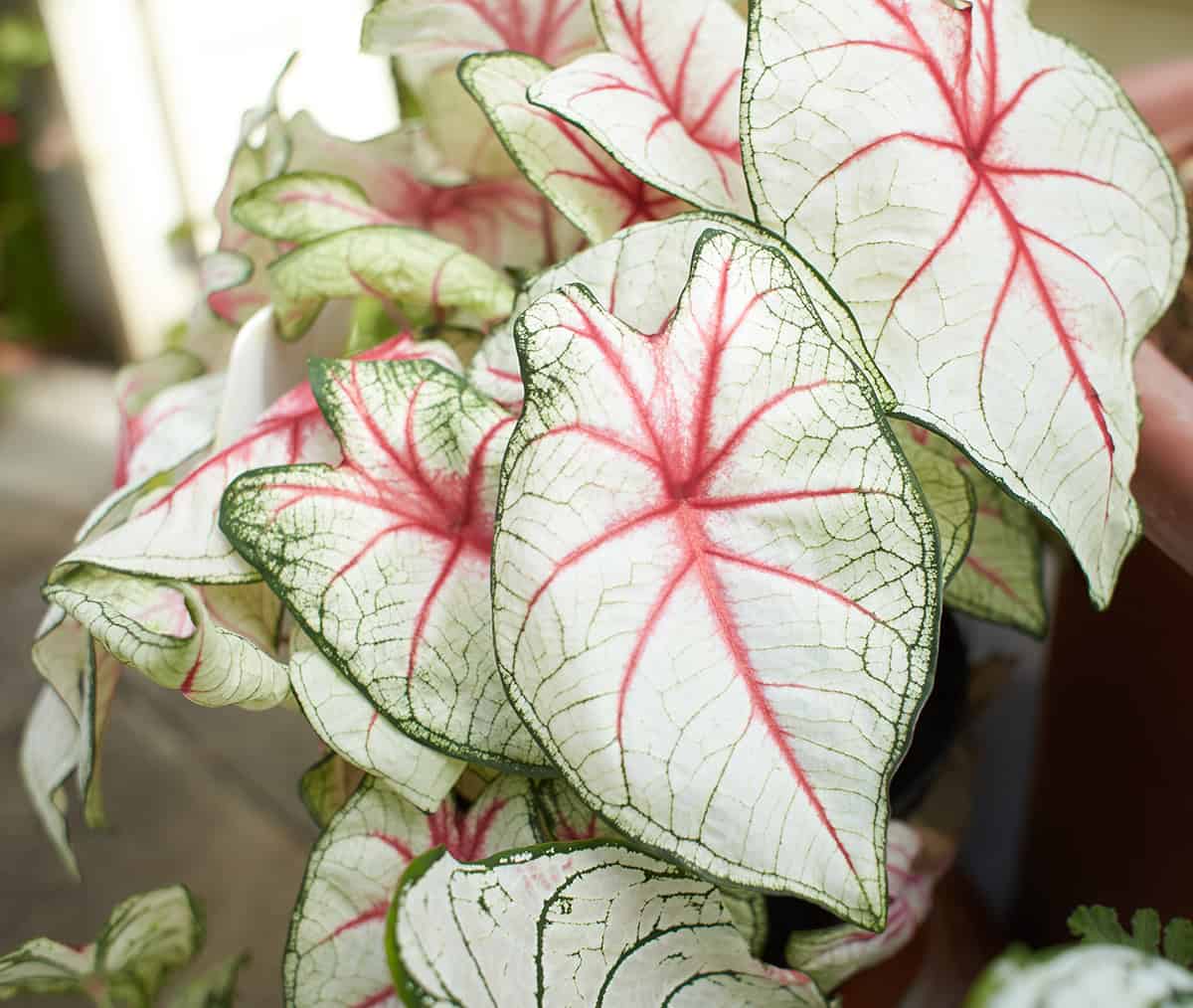
White Christmas Caladiums thrive in partial shade to full shade. These plants need indirect light to maintain their vibrant foliage. Direct sunlight can scorch the leaves or cause the colors to fade.
Ideal light conditions include dappled sunlight or filtered light through trees. If grown indoors, place them near a north or east-facing window where they receive bright, indirect light. Avoid placing them in south or west-facing windows without a sheer curtain, as these areas receive more intense light.
If you’re growing them outdoors, choose locations under trees or shaded garden areas. The goal is to provide enough light for photosynthesis without exposing the caladiums to harsh rays that can damage their delicate leaves.
A light meter can help you monitor the light levels. Look for readings between 1,000 and 1,500 foot-candles. This ensures adequate light without risking leaf burn.
Maintaining the right light balance helps the White Christmas Caladium develop its characteristic white and green foliage. Too much shade can make the plant leggy, while too much sun can be harmful.
Soil
White Christmas Caladium needs well-drained soil to thrive. Ensure the soil has a pH between 6.0 and 6.5. This pH helps the plant absorb nutrients effectively.
Mix a 2- to 3-inch layer of pine bark mulch or compost into the soil. This improves aeration and drainage. Organic matter is essential for healthy root development.
Avoid planting in heavy clay soils. Such soils retain too much water and can lead to tuber rot. Instead, opt for sandy loam or other light soil types.
The soil temperature should be at least 70 °F before planting. Cold soil slows growth and can cause tuber rot. Plant caladiums after any risk of frost has passed.
Watering
Keep the soil evenly moist but not soggy. Overwatering can lead to root rot. Ensure proper drainage to avoid waterlogged soil.
Check the soil moisture regularly. Stick your finger about an inch into the soil. If it feels dry, it’s time to water. Avoid letting the soil dry out completely between watering.
Use room temperature water. Cold water can shock the plants. Watering in the morning is ideal for Caladiums. This allows the foliage to dry out during the day, reducing the risk of disease.
During the active growing season, Caladiums might need more frequent watering. In hot weather, you might need to water daily. Always adjust your watering schedule based on weather conditions and soil moisture levels.
In a pot, ensure the container has drainage holes. Use a saucer to catch excess water but empty it regularly. This prevents the roots from sitting in water.
Temperature and Humidity
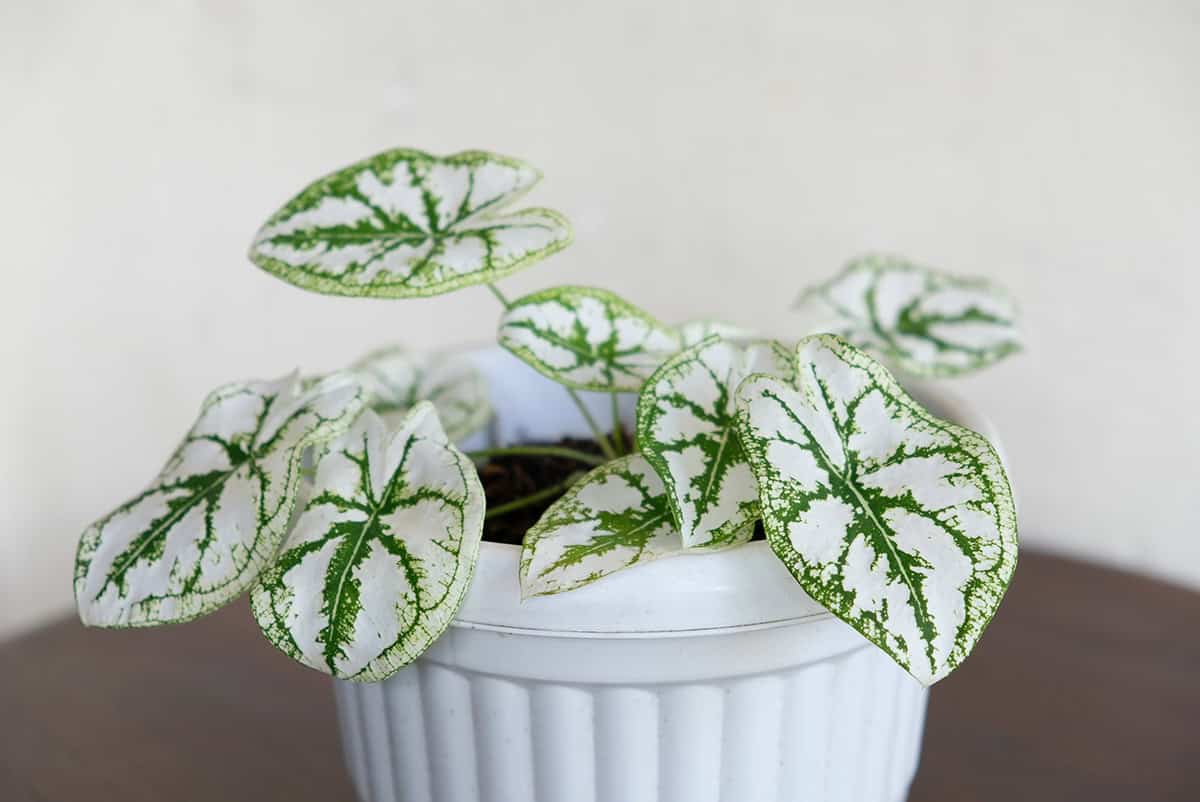
White Christmas Caladium thrives in warm conditions. Your caladiums should be kept in temperatures between 65°F and 75°F (18°C to 24°C). Temperatures below 55°F (13°C) can damage the plants.
Humidity is also crucial. Aim for humidity levels of 60% or higher. If your indoor environment is dry, use a humidifier or place a tray of water near the plants to increase humidity.
Avoid sudden temperature changes. Keep the plants away from drafts, air conditioners, and heaters. They prefer stable, warm conditions without fluctuations.
Regular misting can help maintain the humidity around your caladiums. Make sure the mist is fine to avoid wetting the soil too much, which can cause root rot.
In warmer climates, you can grow caladiums outdoors. If you live in a cooler area, grow them indoors or in greenhouses to maintain the right temperature and humidity levels.
Fertilizer
Use a balanced, water-soluble fertilizer, such as 8-7-6, every two weeks during the growing season. This promotes strong foliage growth and overall plant health.
For caladiums grown in containers, frequent fertilization is crucial. Another option is a slow-release fertilizer like 6-month Osmocote, which provides consistent nutrients over time. This helps ensure steady growth without frequent applications.
Avoid high nitrogen fertilizers, as they can cause more green in the leaves, diminishing the characteristic white color. Balanced fertilizers are preferable to maintain the desired appearance.
Incorporate organic matter, such as compost, into the soil before planting. This improves nutrient content and soil structure, which supports better nutrient uptake. Adjust fertilization based on soil quality and plant response. If growth seems sluggish, slightly increase the frequency or strength of applications.
Propagation
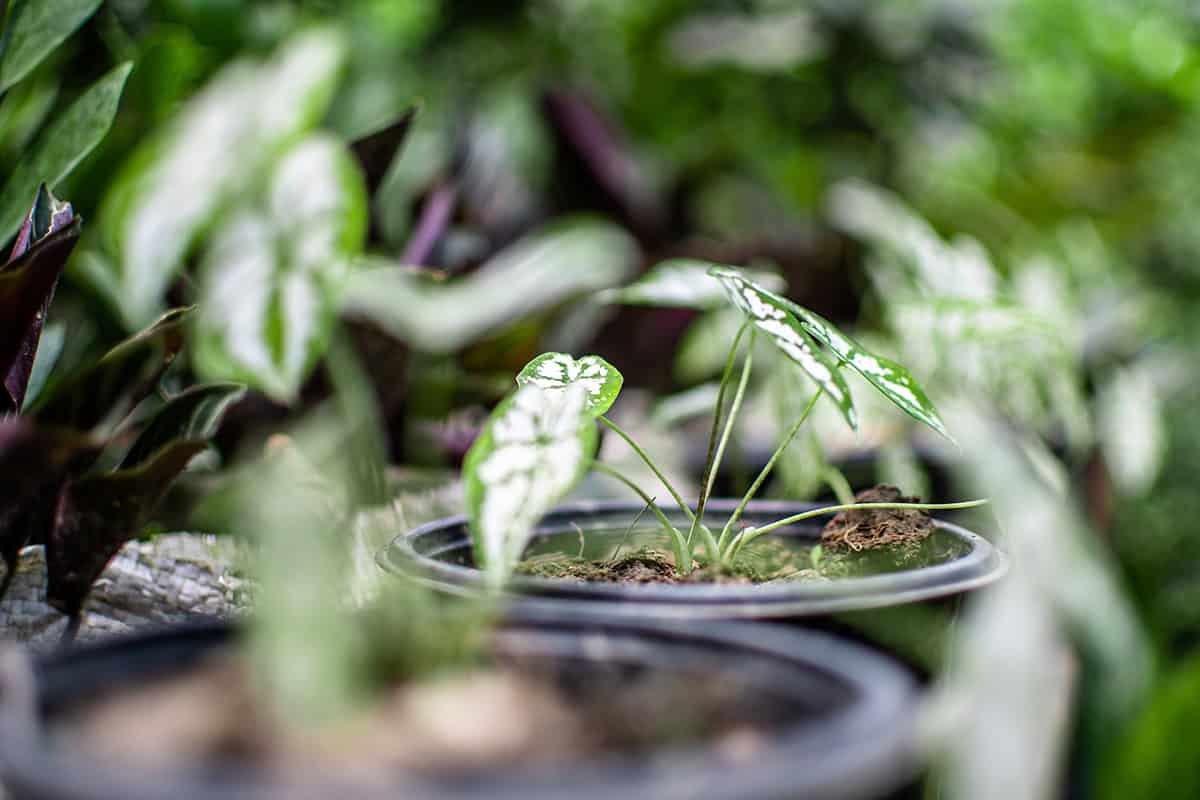
To propagate White Christmas Caladium, start with tubers. These tubers are the underground storage organs of the plant. You can purchase them from nurseries or use tubers from your existing plants.
Begin in spring, the best time for propagation. Use a clean, sharp knife to cut the tubers into sections. Ensure each section has at least one growing eye.
Place the cut sections on a dry surface and let them air dry for a day. This helps prevent rot.
Plant the dried tuber sections in well-drained soil. Position the knobby side with your eyes up. Cover lightly with soil, about 2 inches deep.
Ensure the tubers are kept warm at a temperature of 70°F or above. Bright, indirect light is ideal during the growth period.
Water moderately after planting. Keep the soil moist but not waterlogged. Overwatering can cause the tubers to rot.
Within a few weeks, shoots will emerge. These will develop into beautiful White Christmas Caladium plants. Ensure consistent care to promote healthy growth.
For best results, use a well-drained soil mix. This prevents waterlogging and promotes healthy root development. Add organic matter like compost or pine bark mulch to improve soil aeration and drainage.
Pruning
White Christmas Caladiums require minimal pruning to maintain their beauty. Trim yellow or damaged leaves to keep the plant healthy. This helps prevent disease and pests.
Use clean, sharp scissors or pruning shears to cut at the base of the stem, close to the tuber. This encourages new growth and improves the plant’s appearance.
Regularly inspect your caladiums and remove any withered or unsightly leaves promptly. This keeps your White Christmas Caladium looking vibrant and fresh.
If the plant becomes too dense, thin out some of the inner leaves. This improves air circulation and light penetration. It also reduces the risk of fungal infections.
Pruning should be done throughout the growing season. Regular attention to pruning enhances both the health and aesthetics of your White Christmas Caladium.
Potting and Repotting
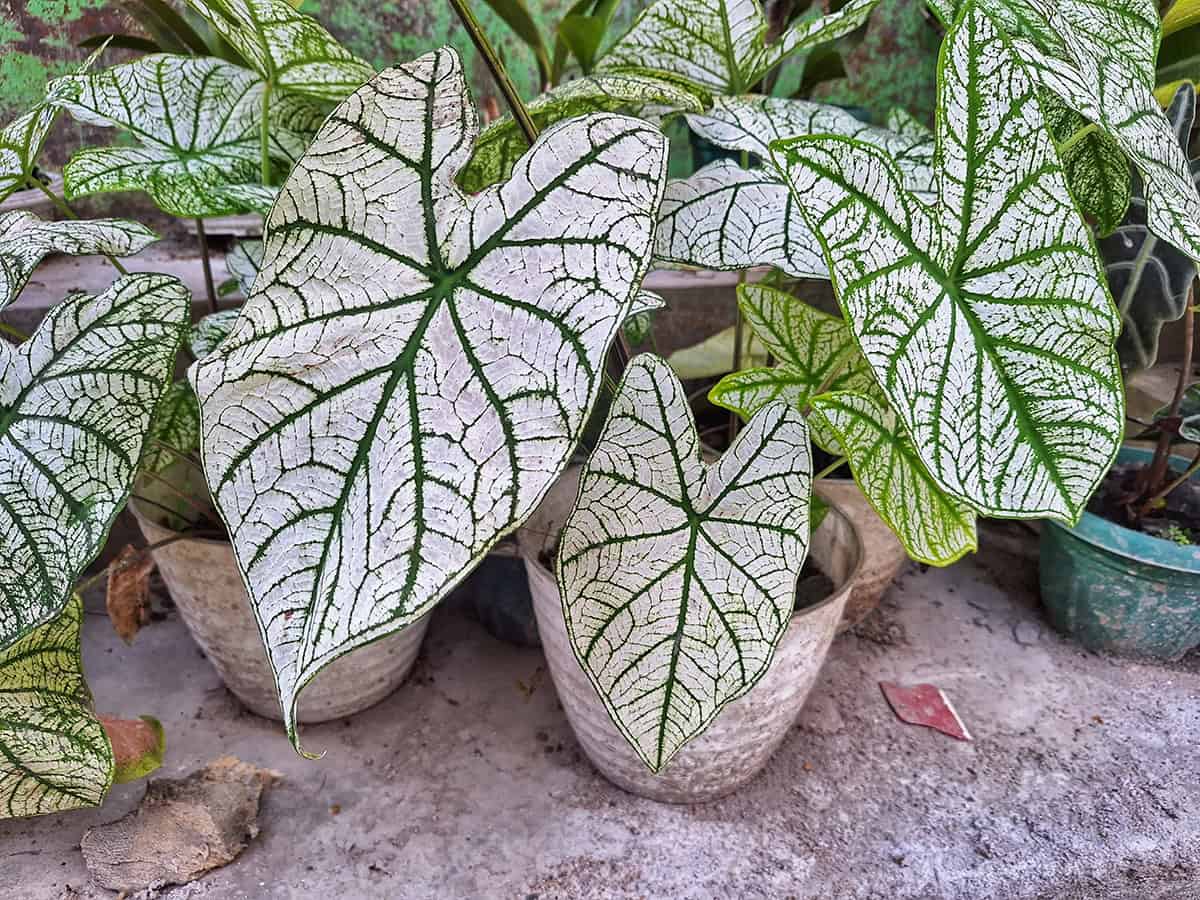
When potting your White Christmas Caladium, start by choosing a container with good drainage. A ceramic or plastic pot works well. Ensure it has drainage holes at the bottom.
Fill the pot with a quality potting mix that is rich in organic matter. You can use peat-based soil or a mix that includes perlite. This helps keep the soil aerated.
Place the tuber with the knobby side up and cover lightly with soil. Water thoroughly after planting. Keep the soil moist but not waterlogged.
When repotting, gently remove the plant from its old container, being careful not to damage the roots. Shake off excess soil and inspect the roots for disease or rot.
Choose a new pot that is slightly larger. Fill it half with fresh potting mix. Place the plant in the center and add soil around the roots. Pack lightly to remove air pockets.
Water the caladium immediately after repotting. Place it in a warm, bright location. Avoid direct sunlight, as caladiums thrive in indirect light.
Repeat the process every year or when the plant outgrows its pot. Fresh soil provides essential nutrients. This promotes healthy growth and vibrant leaves.
Common Problems & Troubleshooting
Pest Issues: White Christmas Caladiums can attract pests. Watch out for aphids, spider mites, and mealybugs, as these pests can damage leaves. Regularly inspect your plants. If you notice infestations, use insecticidal soap or neem oil.
Root Rot: Poor drainage can lead to root rot. Ensure your caladiums are in well-drained soil and avoid overwatering. Root rot can cause leaves to yellow and wilt. If this occurs, check the roots and remove the affected parts.
Yellowing Leaves: Yellowing leaves can indicate several issues. Overwatering, poor soil drainage, or nutrient deficiencies can cause this problem. Ensure soil pH is between 6.0 and 6.5 for optimal growth. Then, adjust watering habits and consider fertilizing.
Sunburn: Caladium leaves can get sunburned if exposed to too much direct sunlight. Though some caladiums can thrive in full sun, White Christmas Caladiums prefer partial shade. Move your plants to a shadier spot if you notice sunburn signs like browning edges.
Fungal Diseases: Improper air circulation and wet foliage can promote fungal diseases. Powdery mildew and leaf spot are common. To prevent fungal infections, space plants adequately and water at the base. If you notice fungal infections, use a suitable fungicide.
Nutrient Deficiencies: Ensure your caladiums receive balanced nutrients. A lack of iron, magnesium, or other essential elements can lead to poor growth and discoloration. Use a balanced fertilizer to promote healthy foliage.
Cold Damage: Caladiums are tropical plants and are sensitive to cold temperatures. Ensure you plant them after the last frost date in your area. If exposed to cold, the leaves can become damaged and discolored. Move plants indoors during unexpected cold spells.
